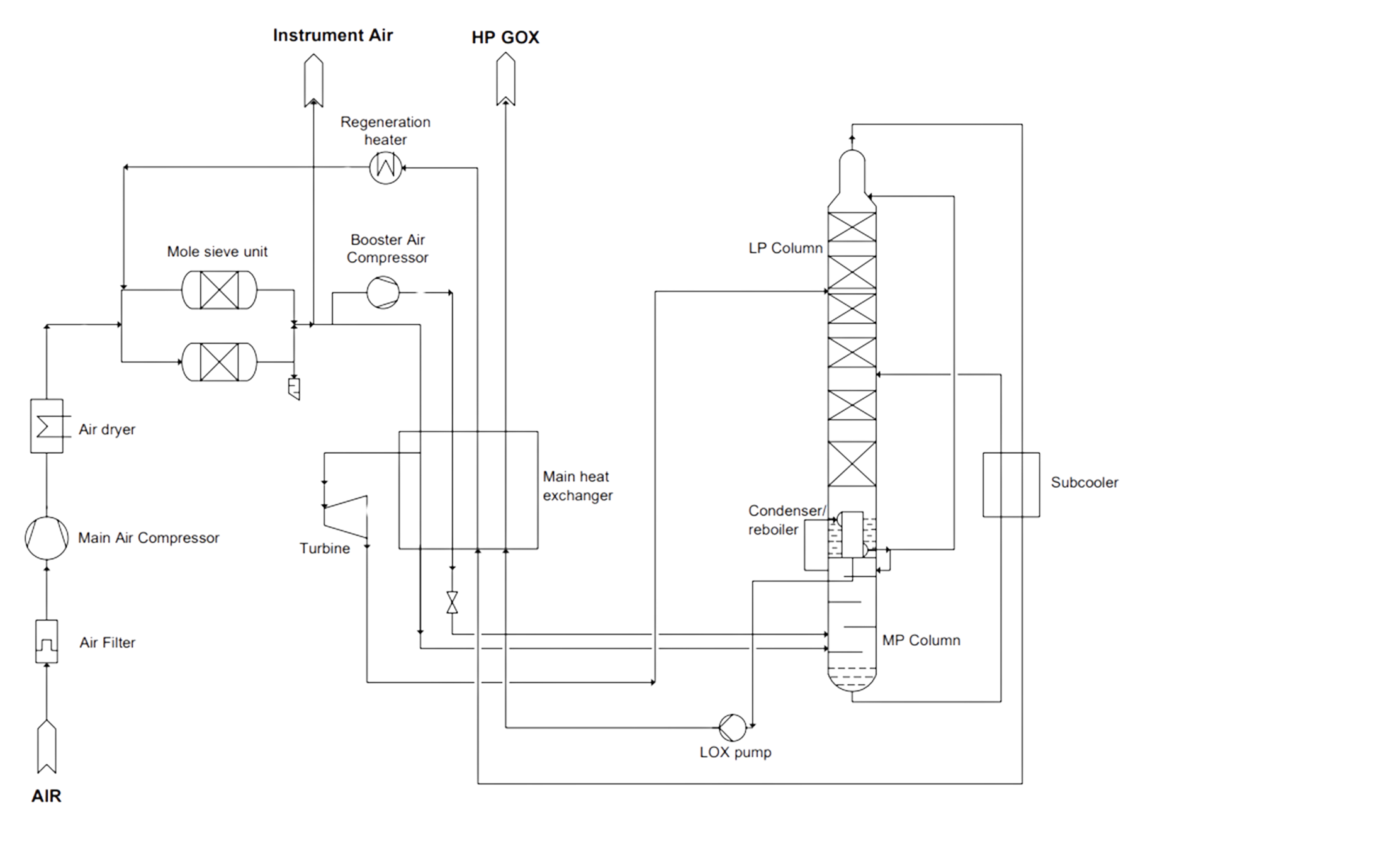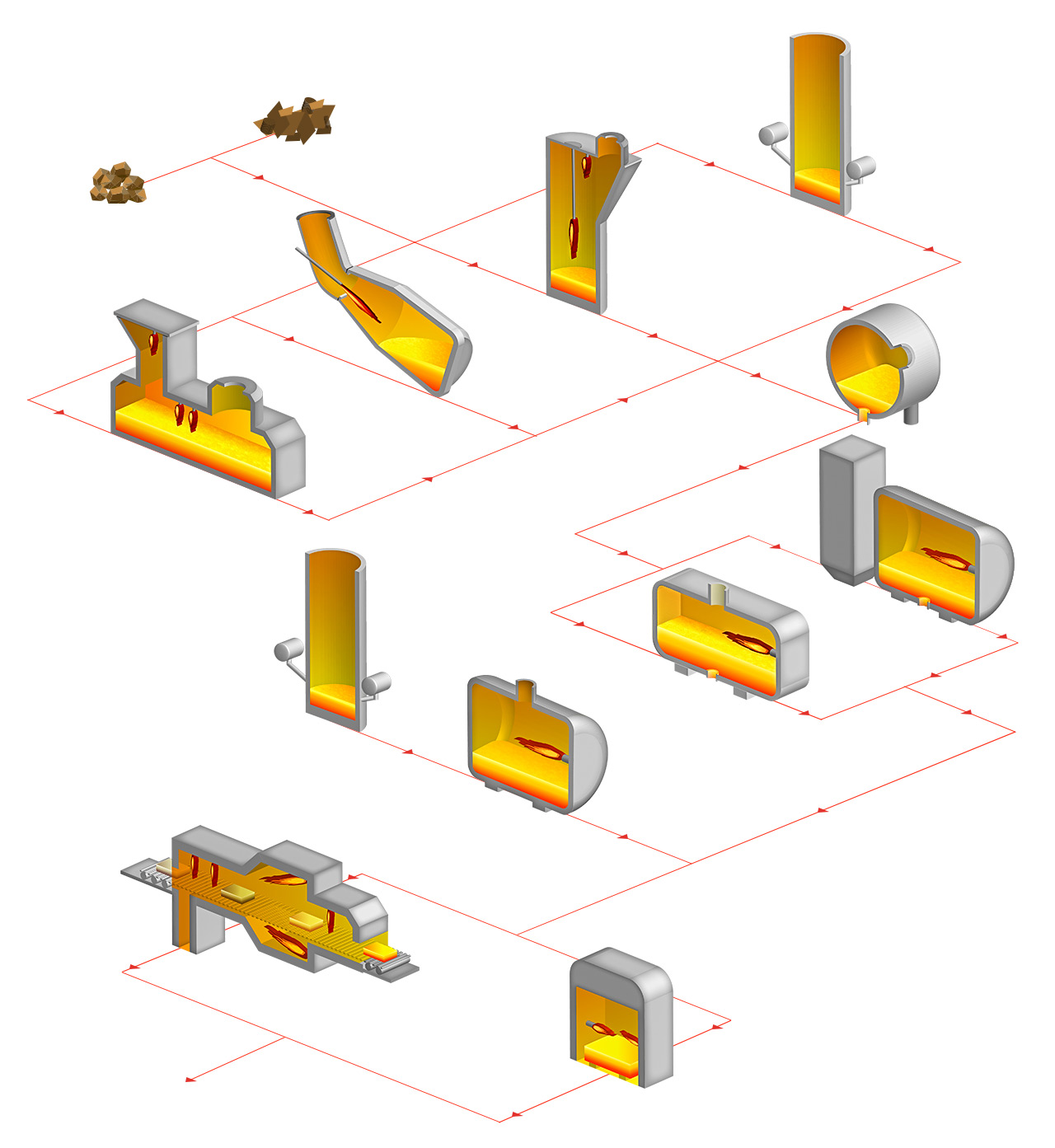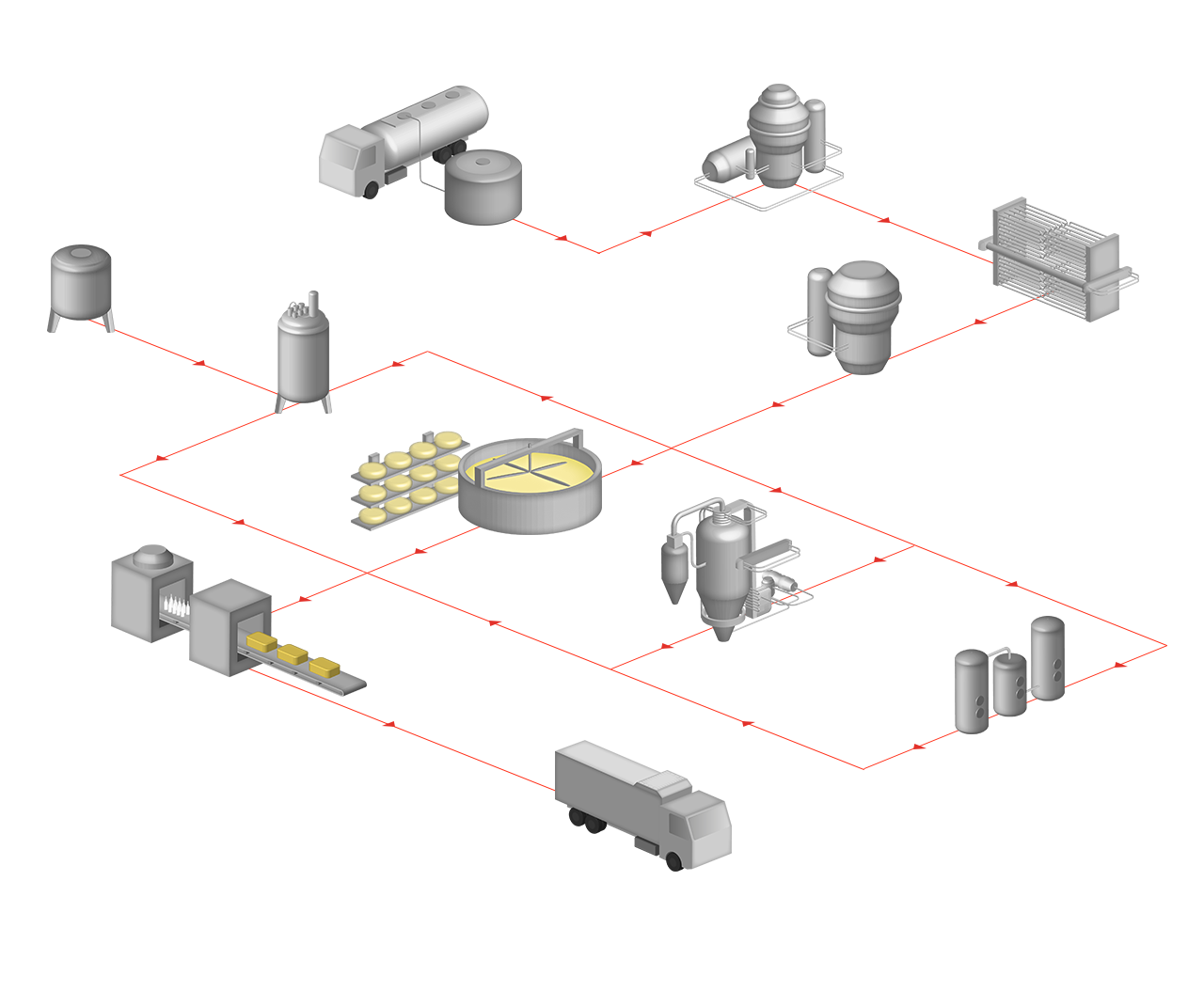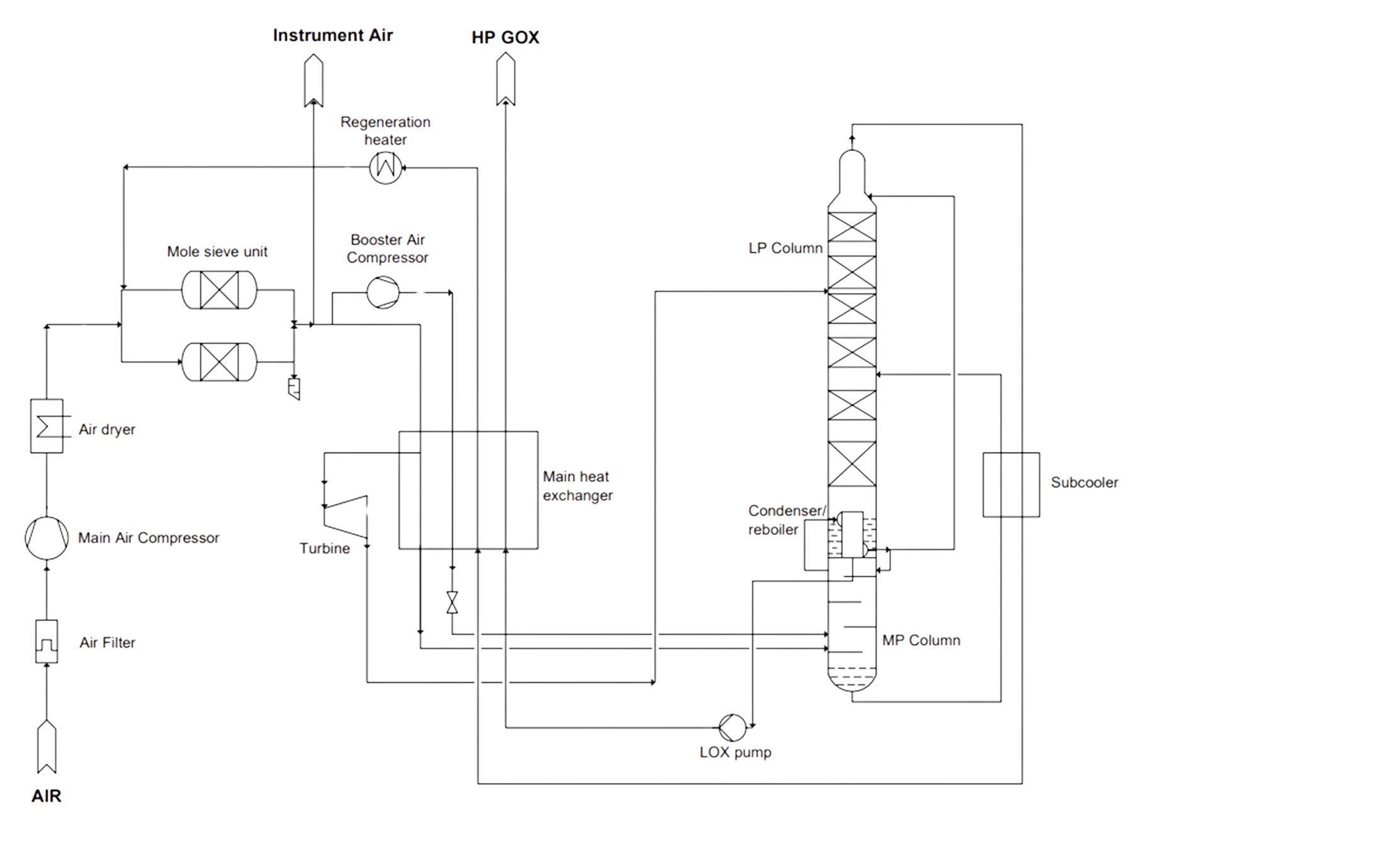All customerprocesses that use gases - Strategic application technology
Nested Applications
Nested Applications
Categories Navigation
Asset Publisher
Coffee production process chart
Coffee is cultivated in over 50 countries worldwide, with different levels of quality depending on the region and type of coffee. The combination of roasted, ground coffee beans and hot water finally results in the popular hot drink. A series of Messer gases are used throughout the entire production process.
Copper smelting and refining process
Copper production is carried out over several stages. Copper is either produced from copper ore (primary copper) or copper scrap (secondary copper). During primary copper manufacture, copper concentrate is used and reduced to blister copper after roasting. For secondary copper production copper scrap, slag, dross, dust or slurries are melted together with coke and slag-forming additives.
Various smelting processes are used. The resulting liquid copper matte (Cu 60 to 65%) is processed to blister copper (Cu approx. 98%) in a convertor. After fire-refining in anode furnaces the Cu purity is over 99%.
Single-origin scrap of a high purity is used for the production of wire and pipes using a direct smelting process with special shaft furnaces and immediately cast.
Heat treatment can modify the material structure and other properties of copper and adapt it for its intended use. Various furnaces such as batch type or continuous type furnaces are available for these processes. Bell furnaces are used for the final treatment.
Dairy products process chart
Milk is one of our most important basic foodstuffs and the range of dairy products is large. The manufacture of products such as yoghurt, cheese and quark consists of a whole range of process steps from purifying the raw milk, giving it a longer shelf-life to finally creating the end product. Gases from Messer are used in many of these steps.
Diagram of a CryoGOX oxygen generator
Powerful as a matter of principle Irrespective of their capacity, the basic principle is the same for all CryoGOX oxygen generators and consists of the following components





